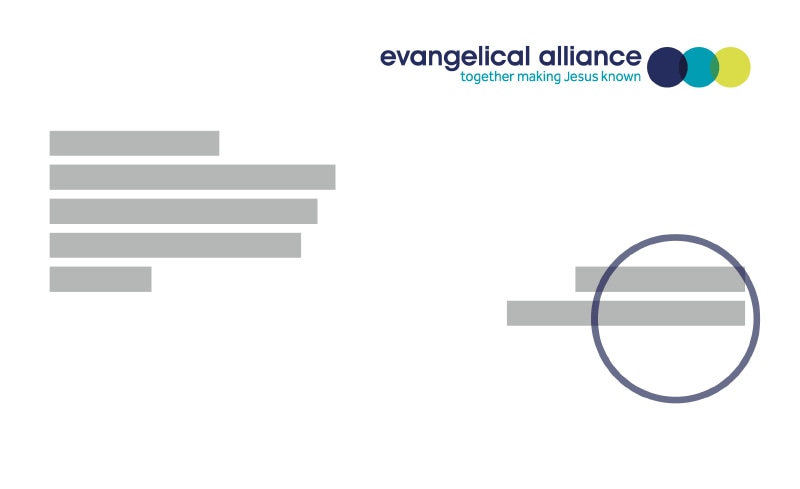As Easter draws near, it feels like no Easter we’ve seen before. However, as we approach the expected peak of coronavirus in the UK, we may find that our circumstances shed new light on parts of the story we neglect.
Holy Saturday is the traditional name for the Saturday between Good Friday and Easter Sunday. We might have skipped over it in happier times; nothing much happens, after all, and it is primarily about waiting. But that is precisely why this Holy Week more than others, we may want to spend longer dwelling there than usual.
First, let’s take stock of where the disciples were on that first Holy Saturday. They were grieving at a time of rejoicing – mourning the cross as Jerusalem celebrated the Passover. They had locked themselves away, perhaps fearing execution as collaborators of their crucified Lord. Some would not have known whom to trust – if Judas was a traitor, who else might be an informer?
Many would have been grappling with the guilt of their own failures – for Peter his denial and bloodshed, for the others, their failure to keep watch, or their flight. Above all, their easy narratives of easy victory had been swept away. Their Lord had been taken; their hopes dashed. We hear the despair in the words of one of these disciples on the road to Emmaus: “We had hoped He was the one to redeem Israel” (Luke 24:21).
There is an echo of Holy Saturday in all Christian suffering before Christ returns. It would be presumptuous to compare our grief to the apostles directly. After all, we know how the story continues, and how it ends. But there is an echo nonetheless. We grieve when, in the light of Easter, we ought to be celebrating.
Many of us will be isolated in our grief and afraid for those we love. Some of us will be grappling with our own failures, as we’ve discovered that we’re not as strong or invulnerable as we thought we would be in a global crisis. And some will be feeling an absence of God, unable to reconcile the events we’re going through with His good plan.
Of course, we know now that what the disciples had seen was not the full picture. As Jesus tells them in Luke 24:44, “This is what I told you while I was still with you: everything must be fulfilled that is written about me in the Law of Moses, the Prophets and the Psalms.” The full picture was there, even if they hadn’t seen it. We know that “just as Moses lifted up the snake in the wilderness, so the Son of Man must be lifted up, that everyone who believes may have eternal life in Him” (John 3:15).
We know that the Lord who returned in triumph to Jerusalem also had to be the suffering servant who bore our sin (Isaiah 53). And we know that for Jesus to “trample on the great lion and the serpent” (Psalm 91:13), the serpent had to strike His heel (Genesis 3:15).
"What does faithfulness look like for us, in crisis, in suffering?"
But the disciples hadn’t got there yet. God’s work is done, but they did not yet see it. Likewise, we may be unable to make sense of what is going on around us. From Holy Saturday, though, we know that our inability to see this does not mean that God’s plan has failed. What looked to the disciples like ultimate failure was just a time of waiting that would be temporary.
For we also know that what the disciples did – or failed to do – in Holy Week was not the end of the story. The next day was the first Easter, which would see the resurrection of Jesus and their joyful reunion with Him. Still to come was the first Pentecost, the outpouring of the Holy Spirit, the conversion of the first 3,000. Still to come also was the gospel going out to all nations, as people of every nation, tribe, people and language came to believe in Jesus. Nothing would be the same for the disciples again.
But they hadn’t got there yet. God had all sorts of good things stored up for them, but they could not rush out to claim them. Peter could not have preached his sermon in Acts 2 on Holy Saturday. Similarly, we may be called to a different kind of faithfulness than we’re used to during this time of waiting.
So, what does faithfulness look like here, in the darkness of Good Friday and Holy Saturday, before Easter Sunday’s dawn? What does faithfulness look like for us, in crisis, in suffering? It probably looks like the small, apparently insignificant acts of faithfulness and love that we see in the biblical account of Good Friday and Holy Saturday. Like the women who stay at their post, watching with Jesus as He dies (Matthew 27:55 – 56).
Like the second thief on the cross (Luke 23:40 – 43) or the centurion (Matthew 27:54) – and other unlikely figures we ourselves may see coming to know our Lord in times like these. Like the wealthy Joseph of Arimathea asking for Jesus’ body and making room for Him in his tomb (Matthew 27:57 – 60). Like the disciples gathering together (John 20:19 – 22). The faithfulness that we are called to now may be similarly unimpressive, similarly quiet. But it is the faithfulness that God asks of us nonetheless.
But for us, after the first Easter, all these echoes of Holy Saturday will only be echoes. For we know that the grave is empty, that Christ has risen. While we grieve – and we do grieve – we do not grieve as those without hope. As Paul put it, “Our present sufferings are not worth comparing with the glory that will be revealed in us” (Romans 8:18). However long our Holy Saturday lasts, we know that Easter points forward as well as back, and that Christ will come again.
Photo by Hamish Duncan



